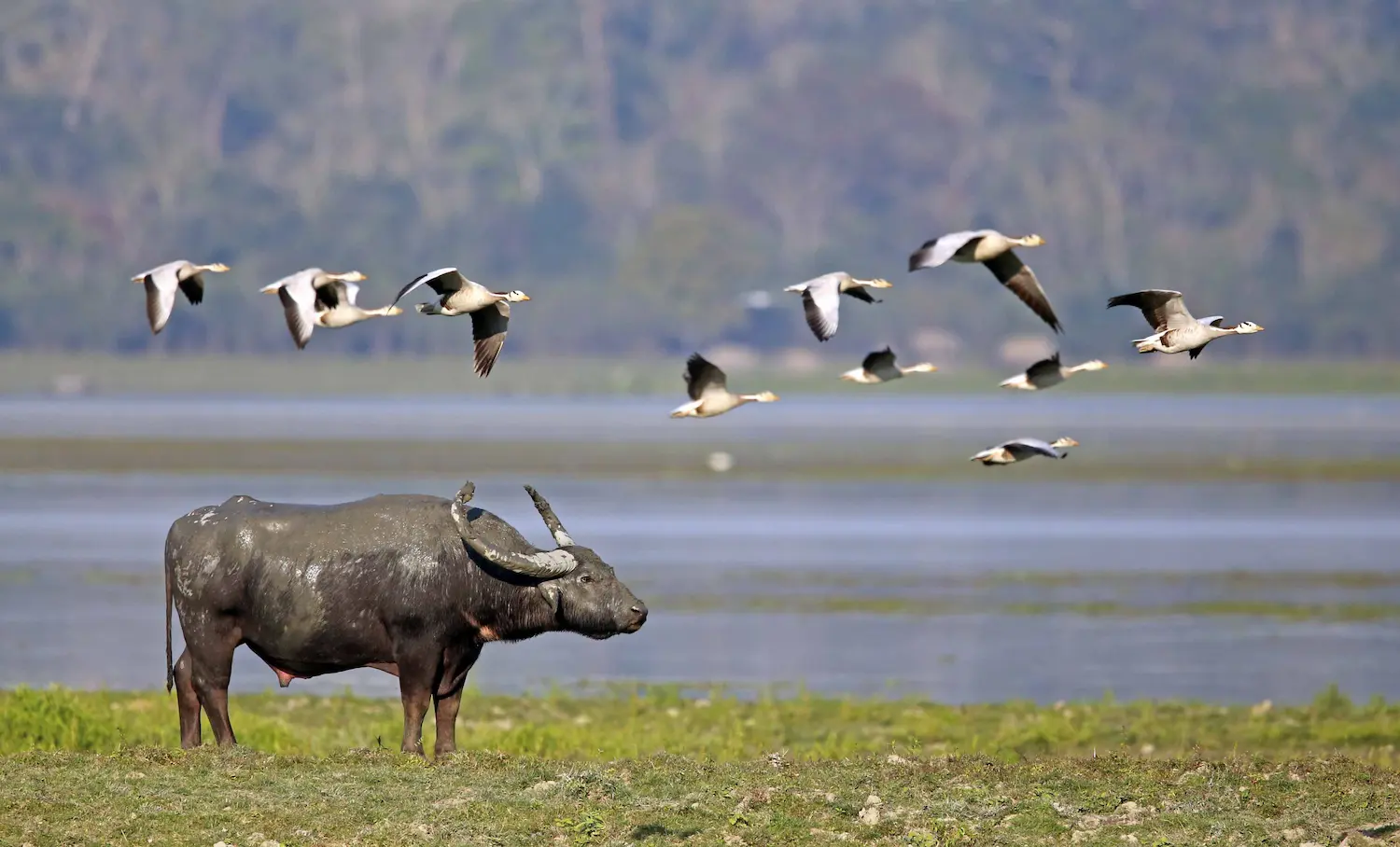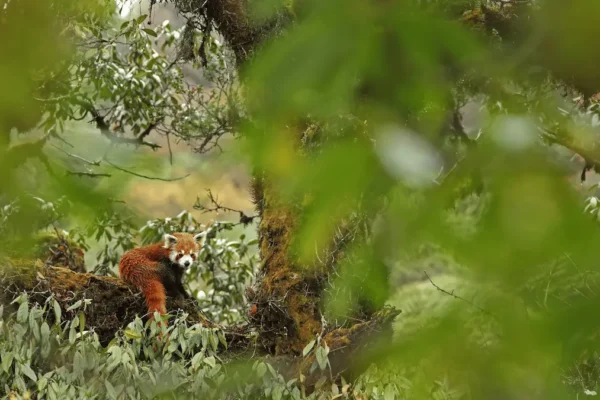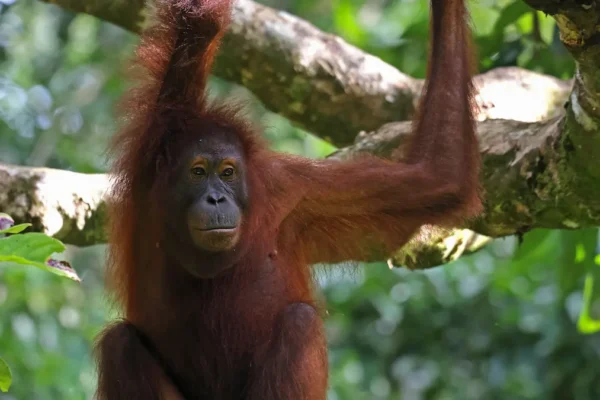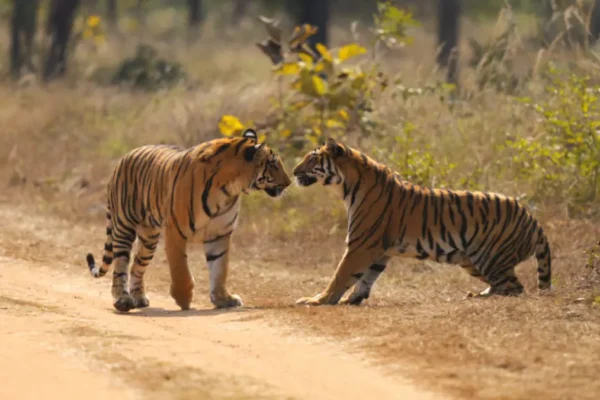Kaziranga National Park, a UNESCO World Heritage Site nestled in the lush landscapes of Assam, India, is renowned for its incredible wildlife and diverse ecosystems. Home to the Big Five of Kaziranga—Indian Rhino, Asian Elephant, Royal Bengal Tiger, Wild Water Buffalo, and Swamp Deer—this sanctuary offers photographers an unparalleled opportunity to capture majestic moments in the wild. Here are some essential tips to help you get the best shots of these iconic creatures.
1. Indian Rhino: Embrace the Morning Light
The Indian Rhino, or Great One-Horned Rhino, is one of Kaziranga’s most iconic residents. To capture this impressive creature, timing is crucial. Early morning is the best time to photograph rhinos. The soft, golden light of dawn enhances their rugged textures and provides a warm, atmospheric backdrop. Use a telephoto lens (300mm or more) to capture close-up details from a safe distance. Be patient and focus on capturing their unique skin folds and horns.
Tip: Look for rhinos in the grasslands and along the banks of the park’s many water bodies. They are often found wallowing in mud, which adds a dynamic element to your shots.
With Just Nature Expeditions, you can rely on expertly guided tours to ensure you’re at the best spots during these prime early hours. Our local guides are adept at navigating Kaziranga’s vast landscapes, helping you capture the perfect shot of the rhino without the stress of planning.
2. Asian Elephant: Capture Their Majesty in Action
Asian Elephants in Kaziranga are a sight to behold, especially when they are in motion. To photograph these gentle giants, use a fast shutter speed to freeze their movement. Elephants are often seen foraging or moving in herds, so anticipate their paths and be ready to capture the grandeur of their presence. A wide-angle lens can help you encompass the entire herd in one frame.
Tip: Look for opportunities to photograph elephants with the park’s scenic backgrounds, such as the dense forest or wetlands, to add depth and context to your images.
Just Nature Expeditions ensures that you have access to the best viewing locations and expert insights. Our guides’ knowledge of the park’s layout allows you to focus on photographing the elephants in action without worrying about missing key moments.
3. Royal Bengal Tiger: Master the Art of Stealth
Photographing the elusive Royal Bengal Tiger requires a combination of patience and stealth. Tigers are more active during early mornings and late afternoons, so plan your safari during these times. Use a long lens (500mm or more) to get a clear view from a distance without disturbing them. Focus on capturing their intense gaze and powerful stance, and try to photograph them in their natural habitat to convey their majestic presence.
Tip: Tigers are often found near water sources. Look for signs of their presence, like fresh tracks or calls, to increase your chances of a sighting.
With Just Nature Expeditions, our expert guides use their local knowledge to enhance your chances of spotting these elusive big cats. Our carefully crafted itineraries ensure you’re in the right place at the right time for capturing the Royal Bengal Tiger.
4. Wild Water Buffalo: Capture the Drama
The Wild Water Buffalo, known for its large size and impressive horns, adds a dramatic touch to any wildlife photograph. These buffaloes are often seen in the park’s wetlands, where they graze and wallow. Use a lens with a good zoom capability to capture their formidable appearance from a safe distance. Pay attention to their interactions with the environment, like mud baths or water play, to add dynamic elements to your photos.
Tip: A low-angle shot can help emphasize their large horns and create a more imposing image.
Just Nature Expeditions provides guided tours that position you perfectly to capture these dramatic moments. Our local guides’ expertise ensures you get the best angles and opportunities for photographing the Wild Water Buffalo.
5. Swamp Deer: Focus on Detail and Behavior
Swamp Deer, or Barasingha, are a beautiful species that thrive in Kaziranga’s swampy areas. They are more approachable and can often be photographed at a closer range. Use a moderate telephoto lens (200-300mm) to capture the details of their antlers and their delicate features. Observing their behavior, like feeding or moving through the reeds, can provide interesting context for your photos.
Tip: Look for herds in the dense grasslands and wetlands, and try to photograph them during the golden hours of sunrise or sunset for the best light.
With Just Nature Expeditions, you benefit from our local guides’ deep understanding of Swamp Deer behavior and habitats. Our tours are designed to maximize your chances of capturing these graceful animals in their natural setting.
General Tips for Wildlife Photography in Kaziranga
- Respect Wildlife: Always maintain a safe distance from animals to avoid disturbing them. Use a zoom lens to capture close-ups without intruding on their space.
- Weather Considerations: Kaziranga’s weather can be unpredictable. Be prepared for rain and mud, and protect your gear with weather-resistant covers.
- Camera Settings: Use a fast shutter speed to freeze motion and a high ISO setting if you’re shooting in low light. A tripod or monopod can help stabilize your shots.
- Composition: Pay attention to the composition of your shots. Use leading lines, framing, and the rule of thirds to create visually appealing images.
- Patience is Key: Wildlife photography requires patience. Spend time observing the animals and their behaviors to capture authentic and captivating moments.
Kaziranga National Park offers a wealth of opportunities for wildlife photographers. By choosing Just Nature Expeditions, you can rely on our expert guidance and local knowledge to capture stunning images of the Big Five while enjoying a seamless and enriching experience. Let us handle the details, so you can focus on creating lasting memories of your Kaziranga Photo Safari.





